OpenStructures. Interview with Thomas Lommée
What is authorship in open source design? How is an object system based on open source distributed? Belgian designer Thomas Lommée, initiator of OpenStructures, talks about OpenStructures and prospective future of open source design in an interview published in connection with BIO 50 – 24th Biennial of Design Ljubljana in 2014.
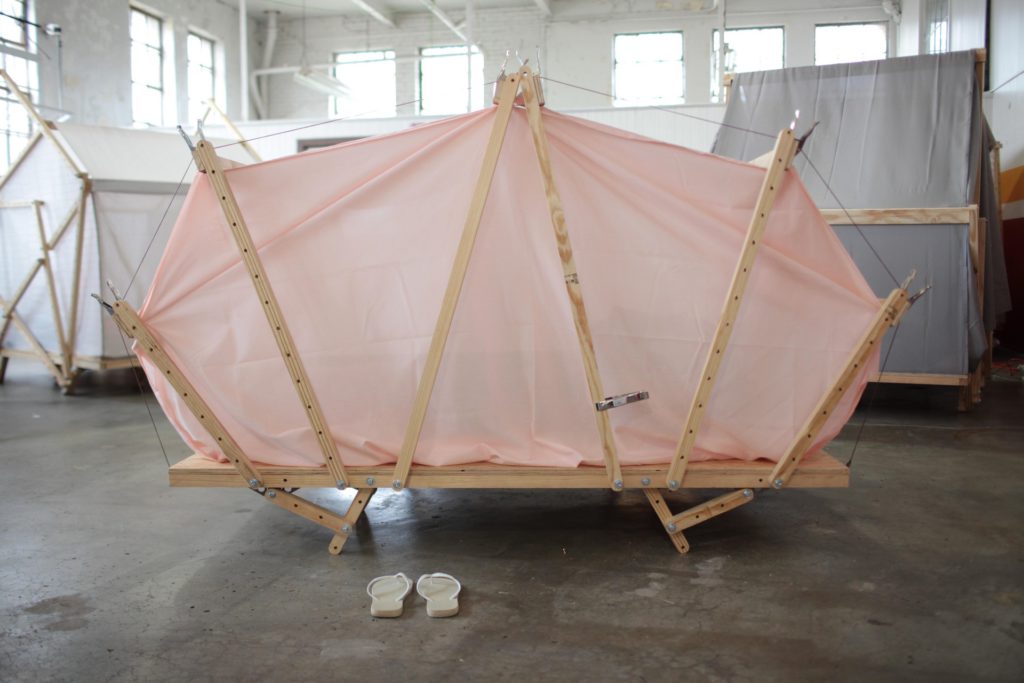
When you introduced the OpenStructures (OS) open system at the Biennial of Design BIO 50 kick-off in Ljubljana, Slovenia, the initial enthusiasm from the participants was notable. Does everyone react the same way to OS?
I usually present what has been done with OS and hope people will get involved. It should come from them. I find it very hard to impose it, even if it’s meant as an exercise. I don’t think anyone who doesn’t want to work within a set of restrictions such as this one should. It should be a voluntary action, otherwise the system can easily become very totalitarian. The use of OS should derive from a shared mindset, where people understand it is a restriction, but the restrictions create new possibilities. Its users should understand the value of OS and share this kind of common value, or believe in the sense of doing and designing things in such a way. I prefer to have four or five people working on it, sharing the same mindset and values, than pushing OS to become something very big that can be marketed. OS is not something that can be marketed – the moment you market it it starts to self-destroy. It should be something that is picked up and therefore grows maybe slowly, but then has its own rhythm, speed and way of developing. I always say to myself, “even if nobody joins I had a good time doing it.” Otherwise, what’s the sense of doing it?
Do you use OS as a framework when you teach?
When I teach, I present the thinking behind OS and the grid as an example. But I don’t impose it, ever. What I try to introduce is a new way of bringing something into reality, rather than marketing it. That’s how we’ve been doing it for the last fifty years. We design something and we produce it a million times, because we have to make it sustainable within the industrial system. But then we have to convince a million people that exactly identical objects are the best choice for a million different people – a million different minds, with different ways of looking at things. For that you need marketing, since in a way you have to tell a lie. That’s the difference with modular objects: you will have several versions of a bottle, for example. My ambition is to create an object system that is somehow so open, transparent and honest in its purpose and objectives that you have a community that wants to support it, making it self-sufficient. We are not there yet – OS is not self-sufficient yet.
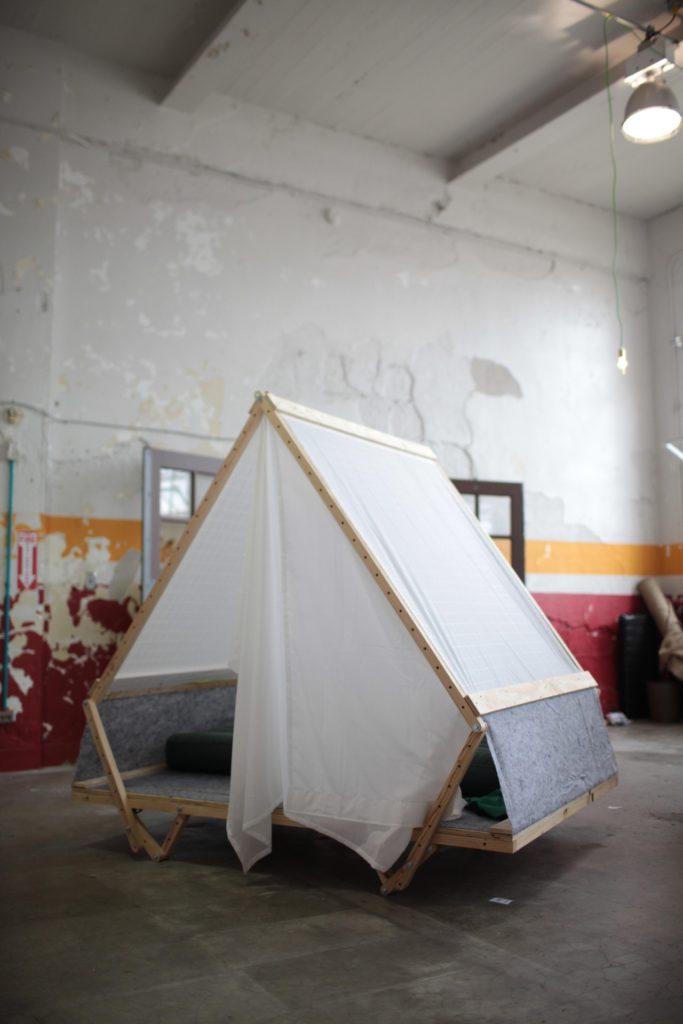
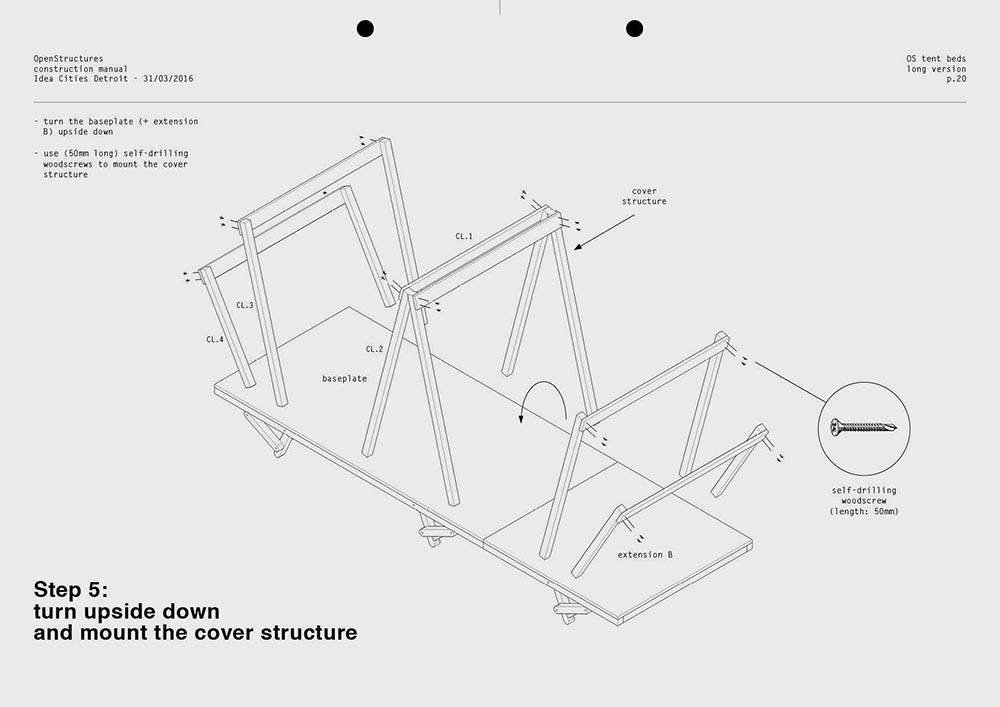
Potentially, the fact that you are introducing the OS system to a very young audience can mean that in ten years, when they have grown to become mature designers, the use of the system will be fairly more widespread.
There is no real strategy involved. For me this is still a question, is this a good system or not? The only way to find out is to see how it will be applied.
Nowadays it is still perceived as a personal project of mine, but ideally I would be invisible so that IS becomes just a standard where things are compatible with one another. However, standards can be problematic. Earlier this year, at an Open Design conference in Barcelona, Simone Cicero talked about the idea of open monopolies. For example, Android is becoming an open monopoly, an open standard so widespread and powerful that it becomes very restricting. Perhaps it’s not so positive at all – one single system becomes so powerful that there are no more entry points for other systems to emerge.
When you institutionalize something it naturally transforms. Currently, OS is an alternative to the industrial system, but if this becomes the only way out it loses its power and interest, and ultimately its influence.
I’m also critical towards my own system; that’s also why I say the system is only as big as the community that is willing to support it. It is a good attitude to keep it fragile. Simultaneously, the wealth that is generated by OS is decentralized. As a designer don’t have to design all the parts in order to create a product. If you design something that works according to this grid, this piece will work with a lot of other pieces, and then will maybe be more interesting for people to buy it, since they will be able to make a lot of interesting things with it.
But then how do you gain authorship?
The OS projects go against a traditional design authorship. Authorship comes back in different degrees – it can be built upon, evolve. At the very beginning there is a catalogue of objects that were designed by one person, but then other levels of authorship are added. Objects also have a timeline of their evolution. The mapping and documentation are crucial, because that’s where the value is. The beauty will no longer be just in the aesthetics, but also in the stories that each object will generate, as well as the collaboration, the evolution. Twenty years after it was made, you find one piece in the flea market and by going back to the OS platform you see its whole story of this part, and discover it was part of a football stadium in 2014, for example.
The story and documentation helps to shift the focus helps to shift the focus from the final object to the many stages of its life.
It also destroys the idea that the object is at its most perfect state when it’s new. That’s what we think now, but maybe the object arrives at its most perfect state within ten years of making… We design something because we always think people are going to use it in that way, but they end up using it in a completely different way. So you need those ten years, much like Stewart Brand states in ‘How Buildings Learn.’ Architects aim for this moment when the house is just finished, and that’s when the picture is taken, but Brand advocates the house only gets better after it’s built, when it’s inhabited and molded by its residents. Then, the question should be: how do I make it easy for the inhabitant to make this his house? Things are always in evolution, and now we are starting to understand that.
Does the fact that things are in permanent evolution make the designer more or less responsible for the objects produced?
Both. There is more responsibility because the designer should act with adaptation in mind, otherwise the object won’t be able to evolve. On the other hand, the designer isn’t forced to make a perfect thing, he just proposes something. And the key about open design is that you don’t impose, but you propose.
How will history look at the OS project in a generation?
I hope that the things that I intended will manifest themselves. That OS will allow people to become more autonomous, understand better how things are made, what different materials really are, what you can do with them, produce and recycle them. I hope for a bigger, better awareness of production, consumption, and recycling, facilitating adaptation, collaboration and so on, always wary of how powerful we want an open system to be.
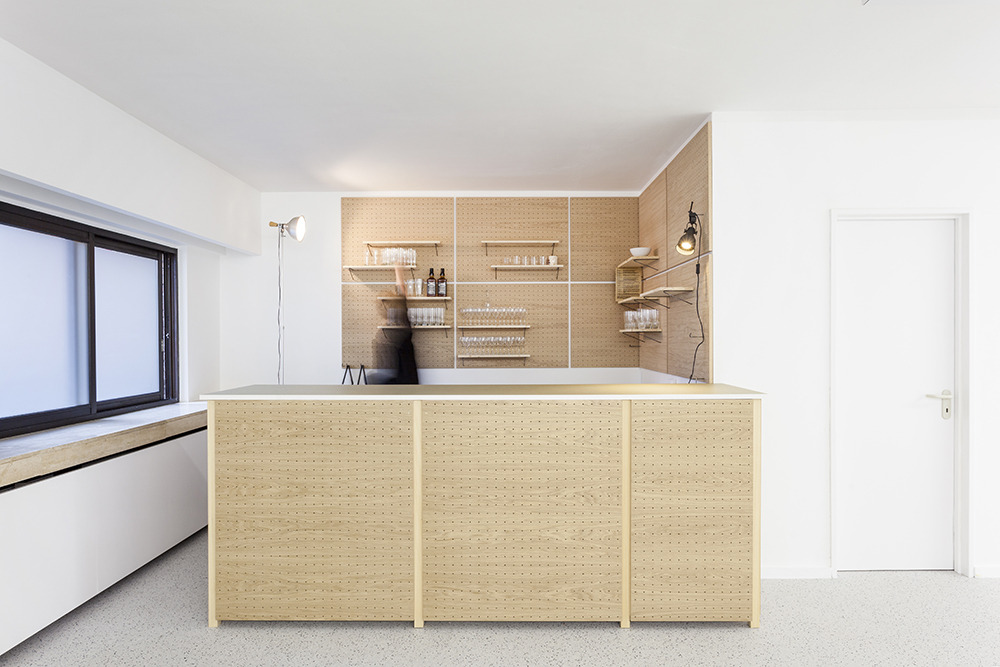
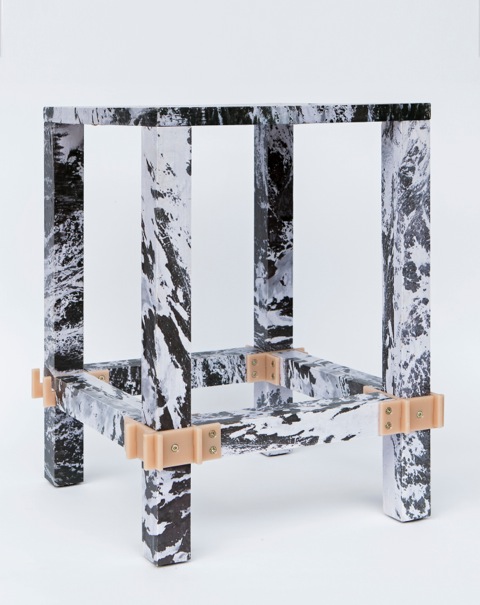
This interview was first featured in the 2014 volume Designing Everyday Life, the accompanying publication of the 50th anniversary of the Biennial of Design BIO 50: 3, 2, 1…TEST, curated by Jan Boelen, former artistic director of Z33 House for Contemporary Art and Maja Vardjan / Museum of Architecture and Design MAO. BIO 50 was a multidisciplinary experimentation event that devised possible futures of design and responded to issues and challenges of everyday life, thus bringing a unique overview on design with the principles of process and collaboration. The Biennial of Design BIO is organized by the Museum of Architecture and Design MAO, Ljubljana, Slovenia, and is one of the oldest design biennials in the world.